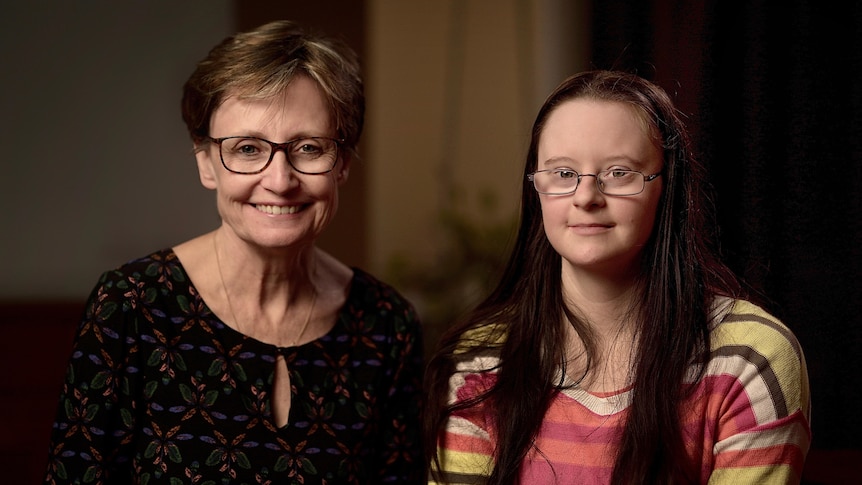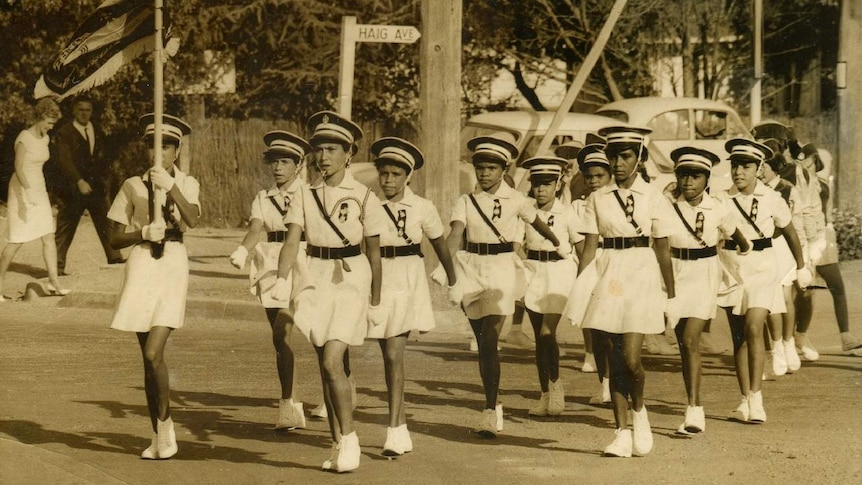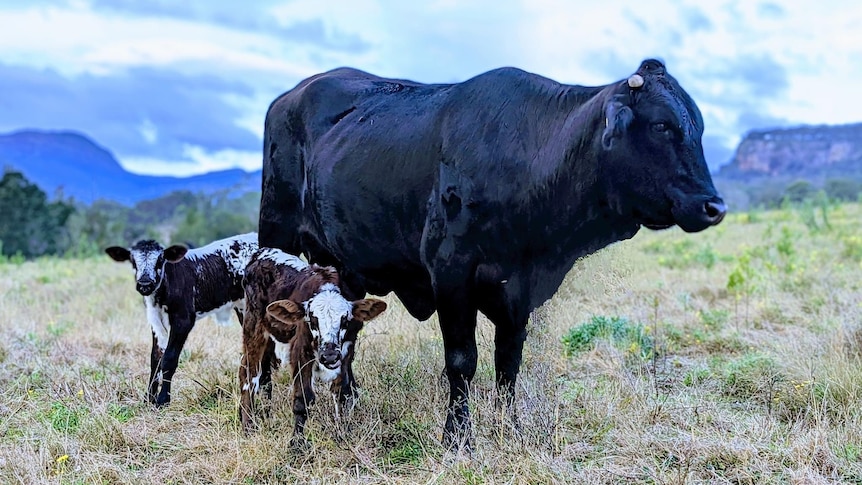A new study of young adults with Down syndrome has found they often have high aspirations, usually grounded with a sense of realism.
Key points:
- A national study into young adults with Down syndrome has been carried out by the University of Queensland’s Down Syndrome Research Program
- Researchers included people living with Down syndrome
- Research assistant Michael Cox says “people do forget that we are people just like everyone else”
“One of the things I loved seeing was this zest [for] life, the joy and enthusiasm in so many things,” University of Queensland Associate Professor Rhonda Faragher said.
“And a really important finding is that they don’t like to be treated differently. They don’t want to be singled out. They don’t want to be, perhaps, patronized.
“We know a good quality of life is not only possible. It’s common.”
The study ‘Stepping out in the world: the new adulthood for Gen Zs with Down syndrome’ involved interviews with 27 people around Australia as part of a National Disability Research Partnership grant.
“When I was growing up, there weren’t people with Down syndrome around — they were usually taken at birth to live in institutions, often with a short life span,” Dr Faragher explained.
“And we became intrigued by the idea that these young people who had left school were leading very different lives to what people had in the past.”
‘I feel proud’
The project employed four people with Down syndrome as research assistants who helped with the interviews and took part in the focus groups.
“We don’t do work on people with Down syndrome, we do it with and by,” Dr Faragher said.
Two adults with Down syndrome served on the project’s steering committee, Bobby Pate and Dr Faragher’s daughter, Ruth.
“I got involved in the research with my mum, basically because I’ve got Down syndrome, so I am really good at things,” Ruth Faragher explained.
Research assistant Mia Johnston says she feels like she’s achieved something.
“My family is proud and I feel proud for myself,” she said.
Study participant Catherine Mullany from Brisbane said she told the researchers she has a good life.
“I am 23 years old. I have a job at coffee roasters — and get paid,” she said.
“My dream is to keep my job, get gold medals for swimming, things like that… I love my dreams.”
‘We are people just like everyone else’
The project was carried out by the University of Queensland’s Down Syndrome Research Program, which began in the late 1970s and is believed to be the world’s oldest and longest study of people with the genetic condition.
Dr Faragher first made contact with the program after Ruth was born in 1996.
“I knew a little about Down syndrome, but not much,” she said.
One of the directors of the center at the time was Dr Anne Jobling.
“When I first met Rhonda, she was an anxious mother, and we had much data we could share about developmental progress that was contrary to the literature at that time,” Dr Jobling said.
Dr Faragher was a mathematics teacher when Ruth was born, but she later became an academic and eventually director of the Down Syndrome Research Project.
“What a lovely turn of the circle,” she said.
“Going from when I was receiving the information as a new mother, that came out of the research studies, to now being able to contribute to that work.”
Dr Jobling says stepping out into the adult world is still an enormous challenge for people with Down syndrome, but she’s seen a remarkable change in her lifetime.
“It is absolutely amazing to me that we have been able to come so far,” Dr Jobling said.
Speaking at the release of the Gen Z report at UQ, research assistant Michael Cox said it was a wonderful opportunity to spread an important message.
“We may have disability. We may have Down syndrome but people do forget that we are people just like everyone else,” he said.
Watch this story on 7.30 on ABC TV and ABC iview.
.


